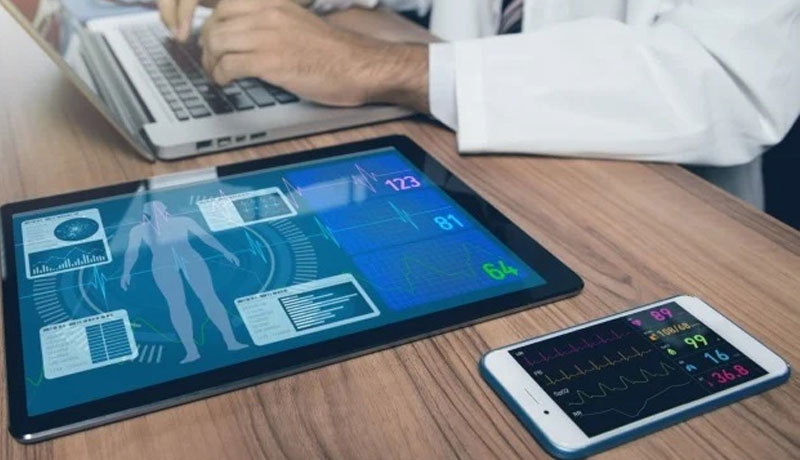
Authored by Cameron Camp, Security Researcher at ESET
For the first time in the show’s history, there are more sensors on the floor than guests. The sheer amount and variety of tiny sensors that will impact practically everything in your life in the next few of years make up for the show’s lack of real attendance.
One business has developed a sensor that is approximately the thickness of a piece of paper and responds to any movement within a hand’s width. When you combine that with an inexpensive spatial sensor, you obtain 3D spatial awareness in an essentially disposable form factor. As sensors grow more disposable (think hotel swipe-card room keys), they pose a near-invisible fire-and-forget security vulnerability.
People used to leave dangerous payloads on USB keys in parking lots; now, something that looks like garbage can be silently slurping up information, and hostile actors won’t mind if it’s thrown away because it’s cheap to distribute them broadly for other employees to pick up – and some will.
This means a renewed focus on zero-trust models and bolstering defences against insider threats, which may now come from anything as innocuous as a wadded-up piece of trash.
Sensors will be implanted in your body. Tiny sensors, enabled by medical technology advancements, will enable future surgery, imaging, and remote hands — doctors will be listening to robots within you.
Those robots will supplement reality by showing the doctor a plethora of linked data about you in real time in delicious virtual reality suites, providing for a new degree of situational awareness in the operating room. Your doctor will feel completely at home if they enjoy gaming consoles.
It will also mean fewer visits to the hospital, as they will simply query implanted sensors from afar and enter the information into your medical record.
If you reside in a metropolis, you may expect to see a lot more sensors atop lampposts (since they already have power). These sensors, when combined with AI computation cores, will provide a continuous view of traffic all around them, including licence plate numbers, vehicle type, and speed, similar to a traffic radar on steroids. Initially, towns aim to market its use to reduce traffic and avoid emergencies, but once the deployment costs are factored in, expect a slew of digital sensors to send you a fee if you speed, park illegally, or engage in other actions that local officials see as revenue generators.
Citizen privacy groups will continue to take centre stage as a main means of combating the massive, unregulated surveillance that keeps flowing our way. It will be fascinating to see how initiatives like as GDPR, as well as those launching in locations like California, would stifle smart city ambitions. Expect major brawls. But it had to happen at some point. You will value your right to privacy, but the numerous sensors and their rulers will loathe it.
It’s also the first time I’ve been able to locate a seat here to type these dispatches since folks shied away from the in-person edition of CES.